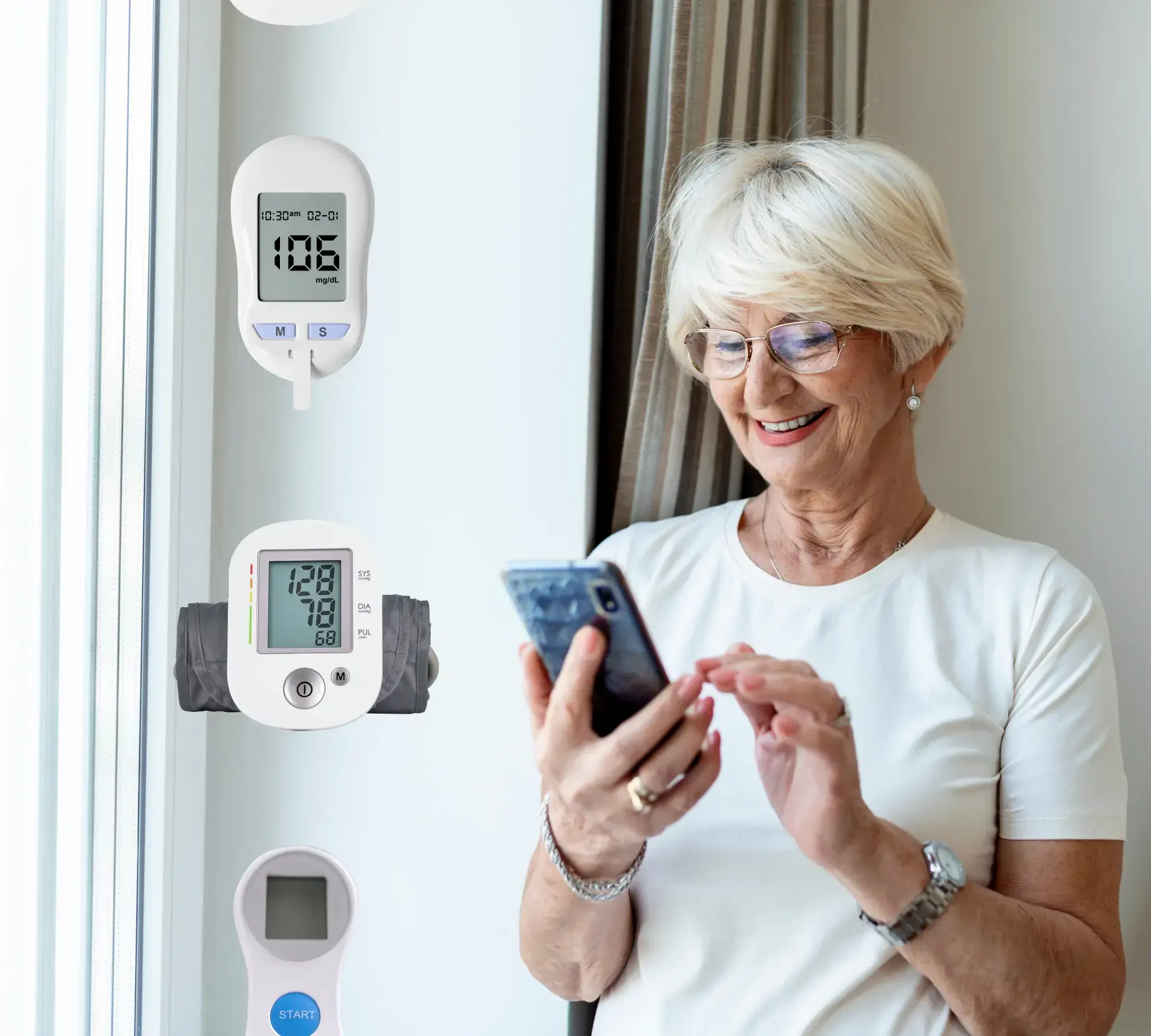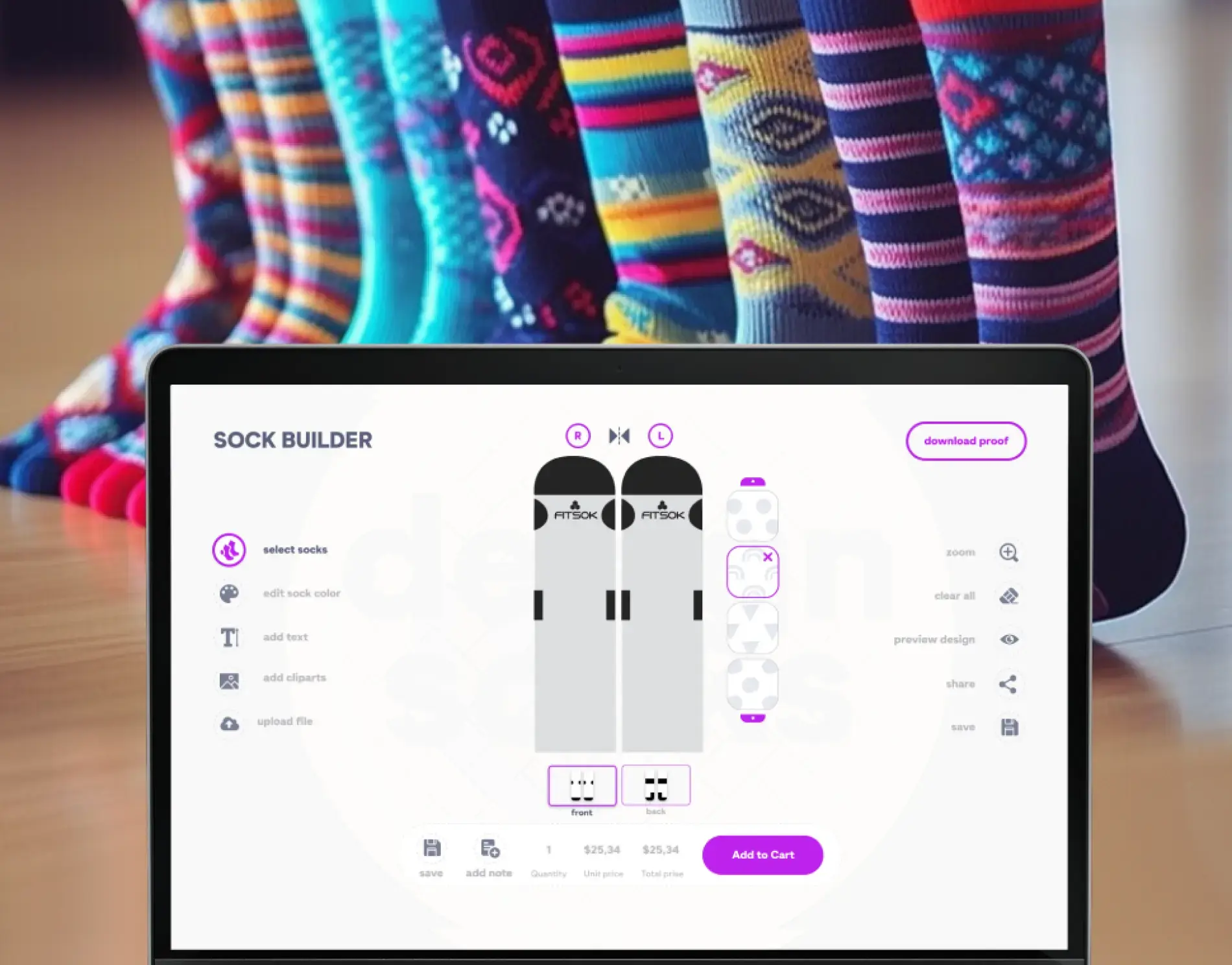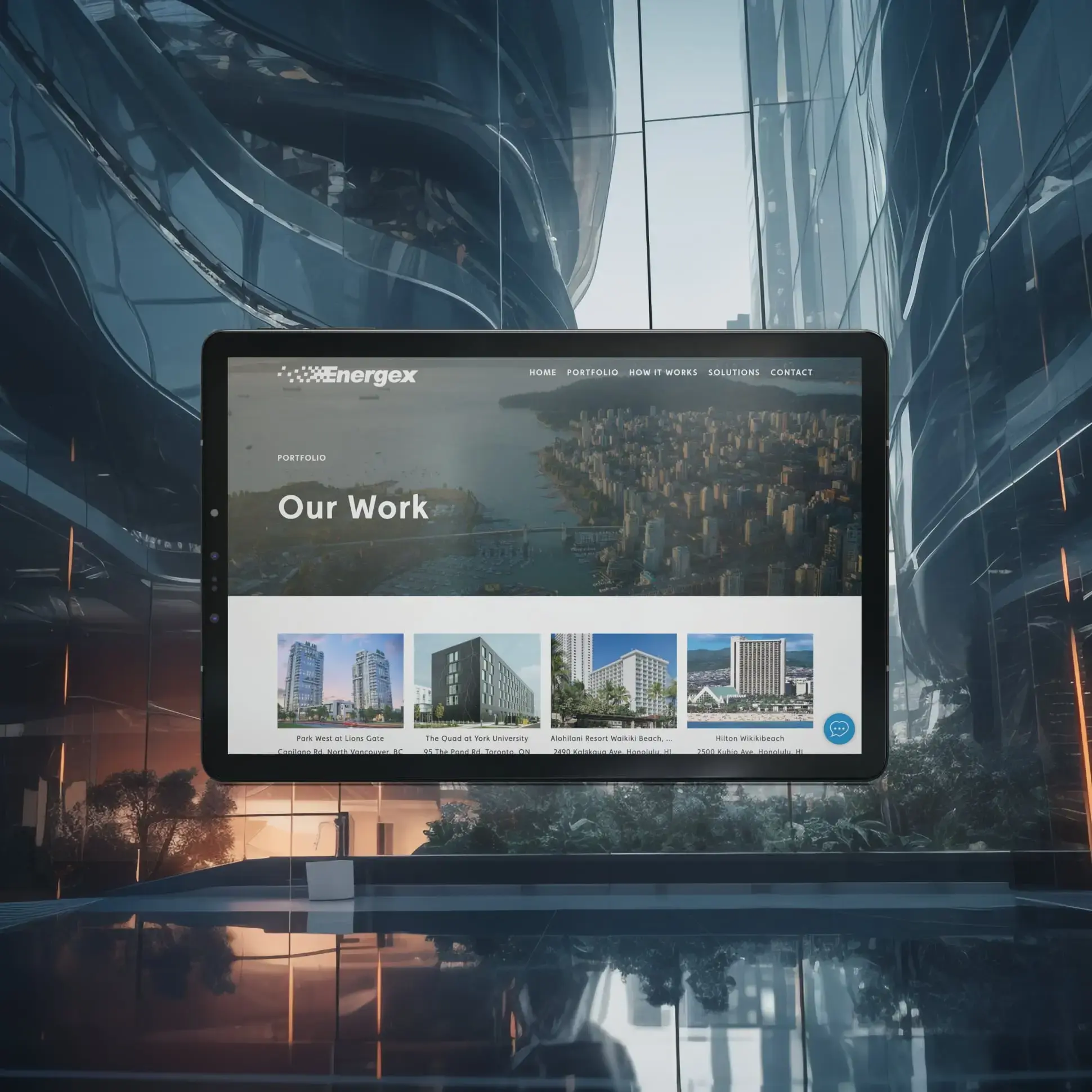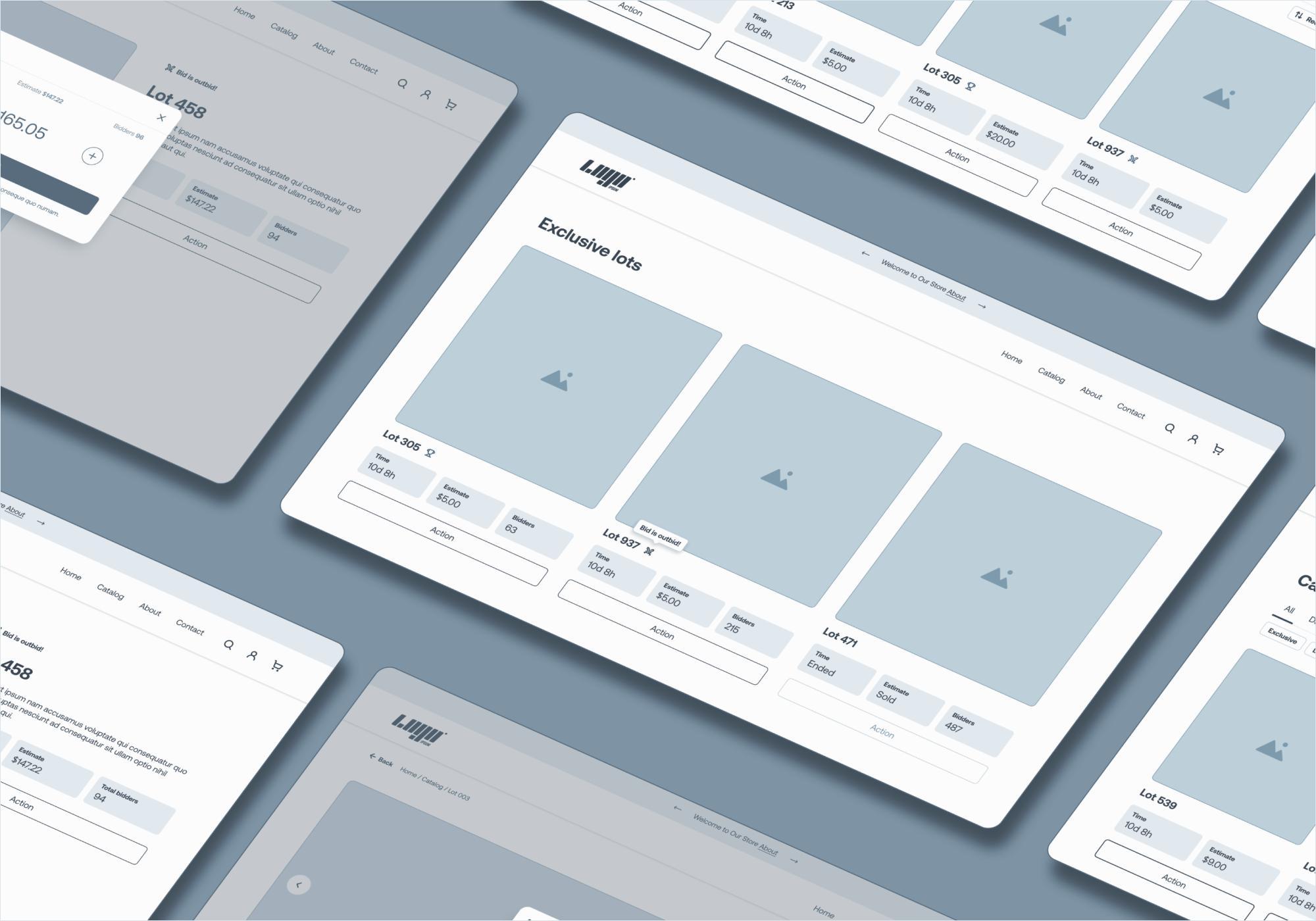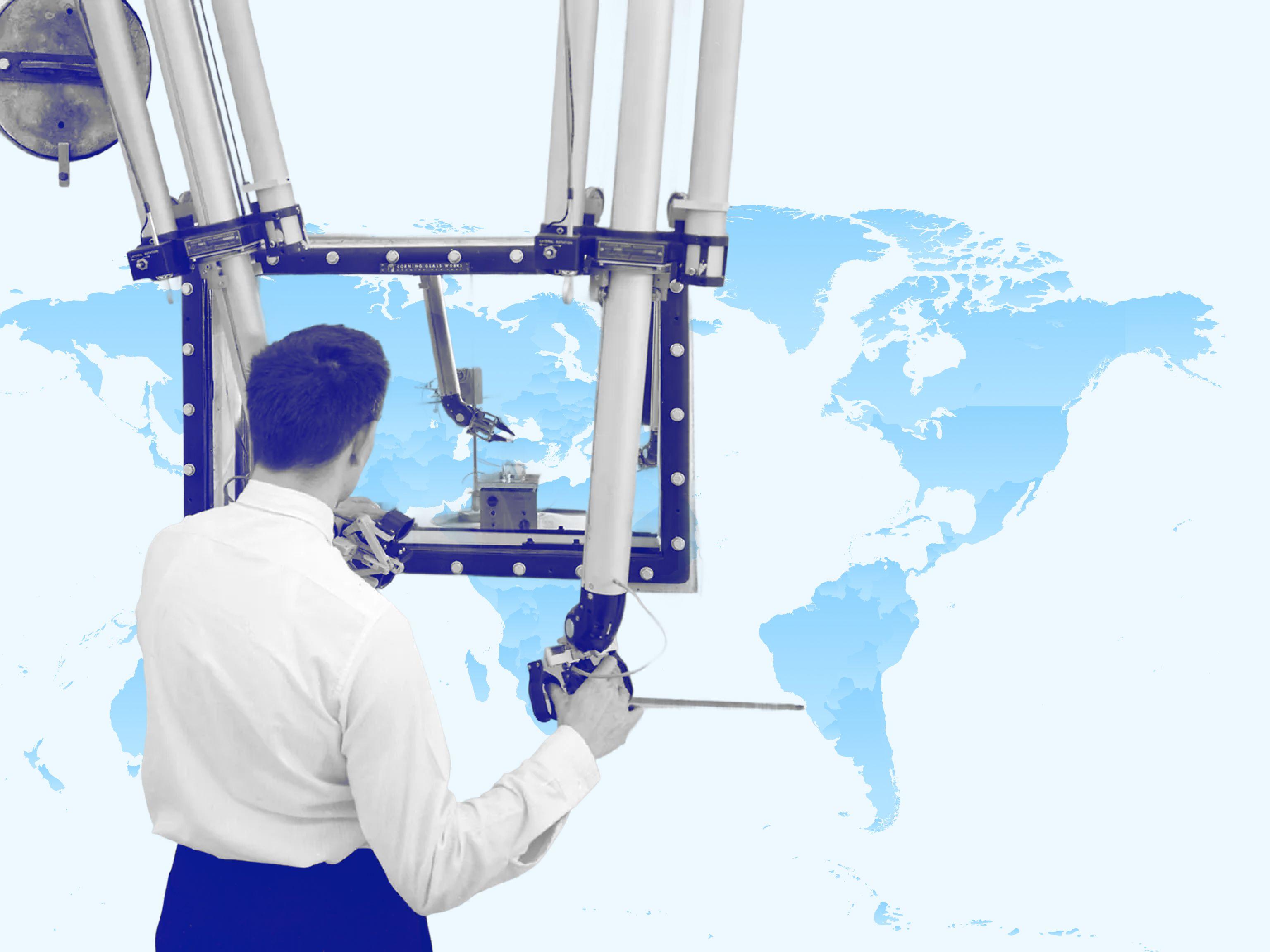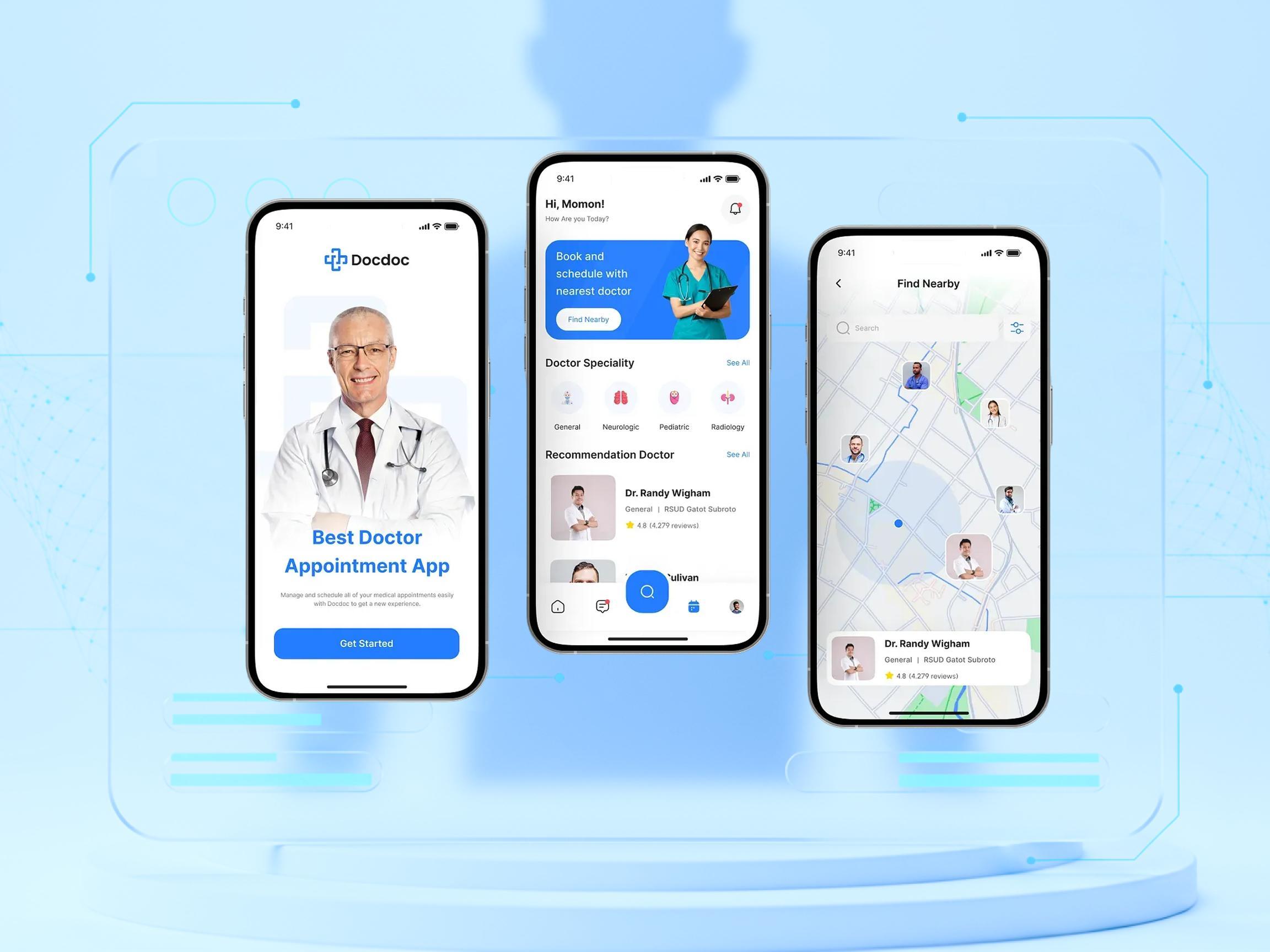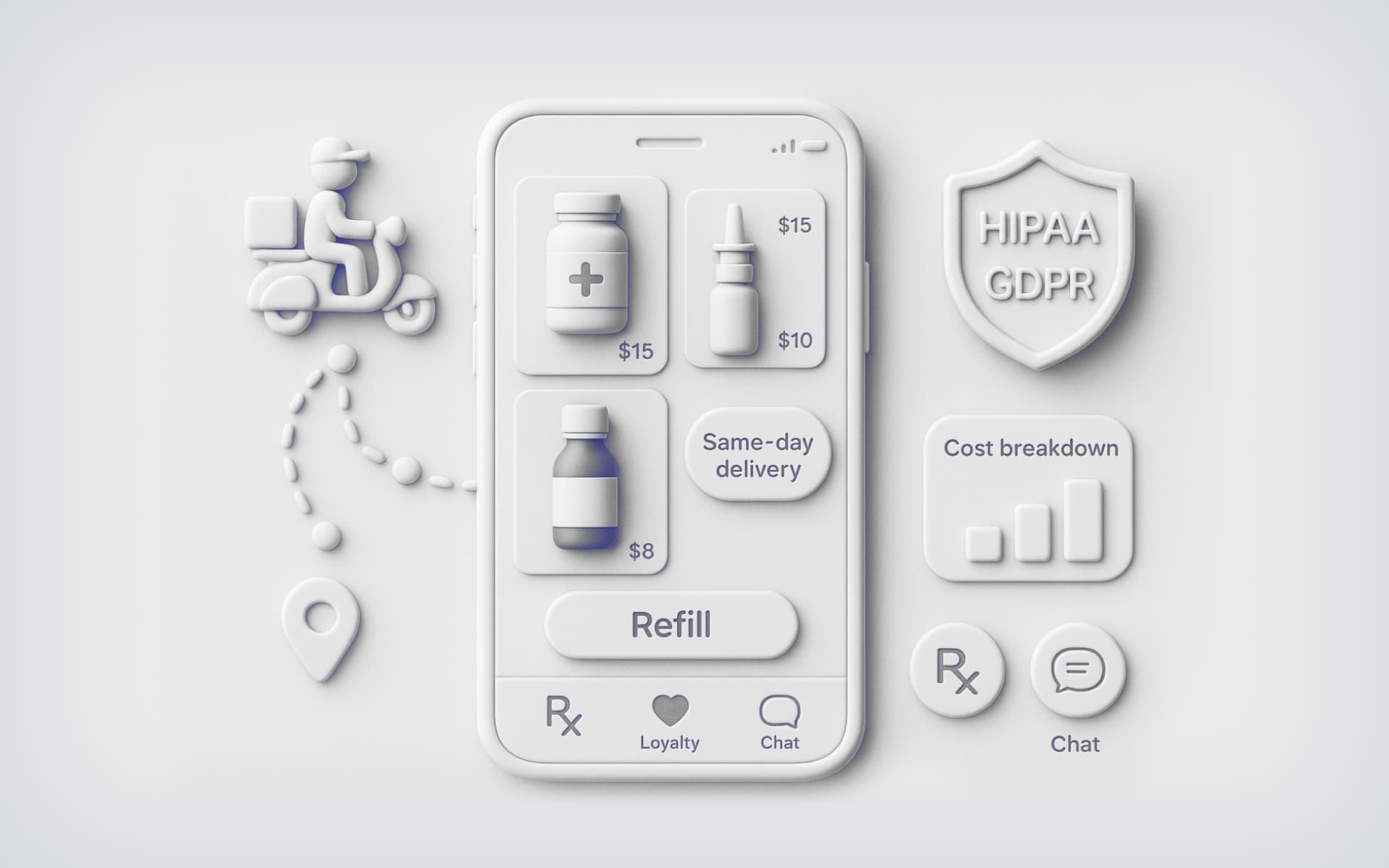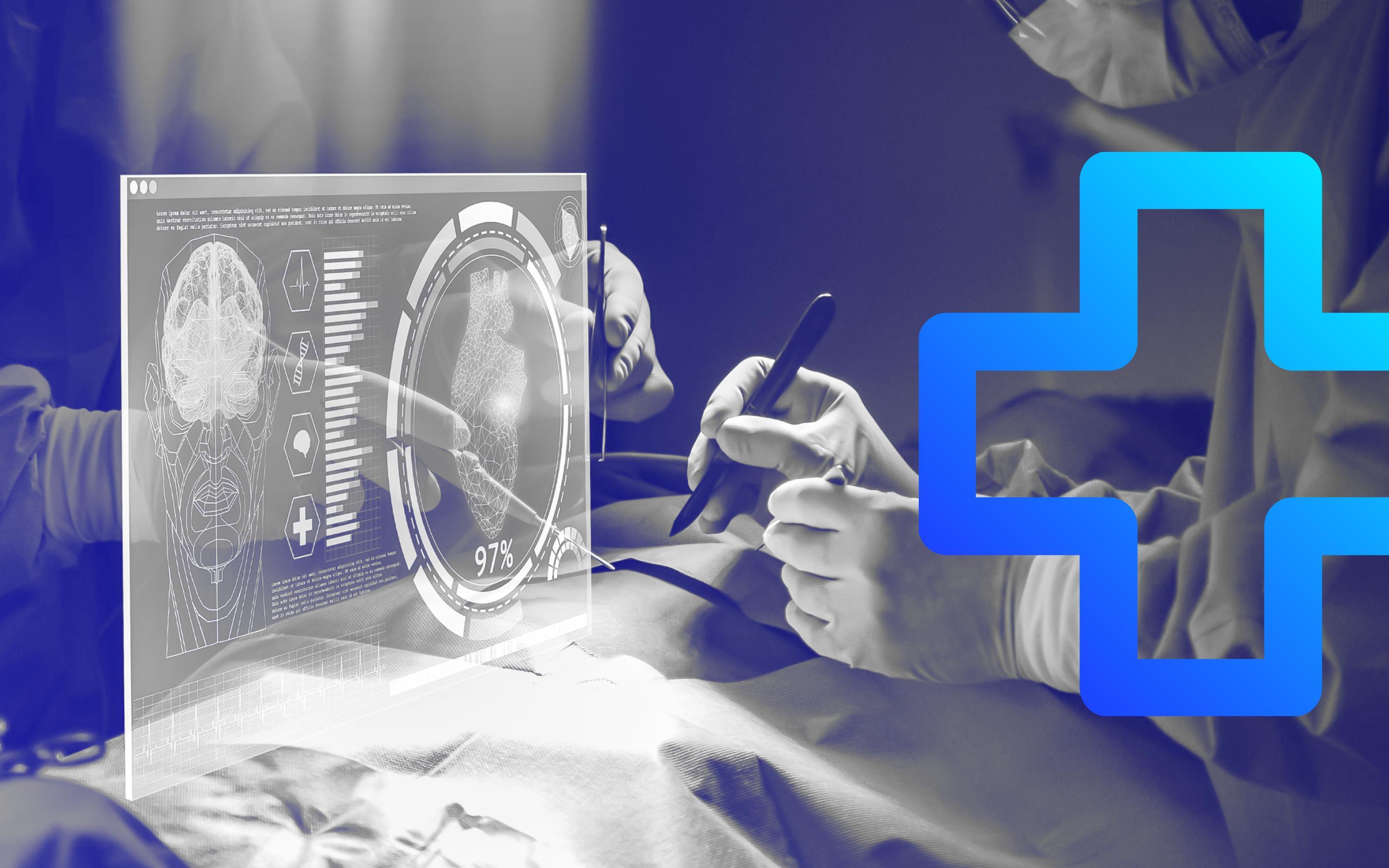
- Healthcare Software
Augmented Reality in Healthcare: Key Use Cases and Benefits
Discover how augmented reality is transforming healthcare. Explore key use cases, benefits, and how AR improves medical training, treatment, and diagnostics.
February 5, 2025 | Updated on November 24, 2025 | 10 min

Sergei Skirev
CTO at JetBase
Table of Contents
- What Is Augmented Reality and How Does It Work in Healthcare?
- Benefits of Augmented Reality in Healthcare
- The Most Impactful Augmented Reality Trends in Healthcare Today
- Popular Uses of Augmented Reality in Healthcare Today
- The Future of Augmented Reality in Healthcare
- Common Challenges in Implementing AR in Healthcare
- How AR Can Revolutionize Healthcare in the Coming Years
- How Jetbase Can Help You with AR Services for Healthcare
- FAQ
Our Cases
Innovation isn’t just about ideas - it’s about execution, turning vision into reality, and creating solutions that truly make an impact.
See what we’ve built and how it works:
- HealthCare
- Media & Entertainment
- eCommerce
- Amazon Web Services
- Cloud Cost Optimization
- Serverless Application
- Retail
- HealthCare
- Media & Entertainment
- eCommerce
- Amazon Web Services
- Cloud Cost Optimization
- Serverless Application
- Retail

